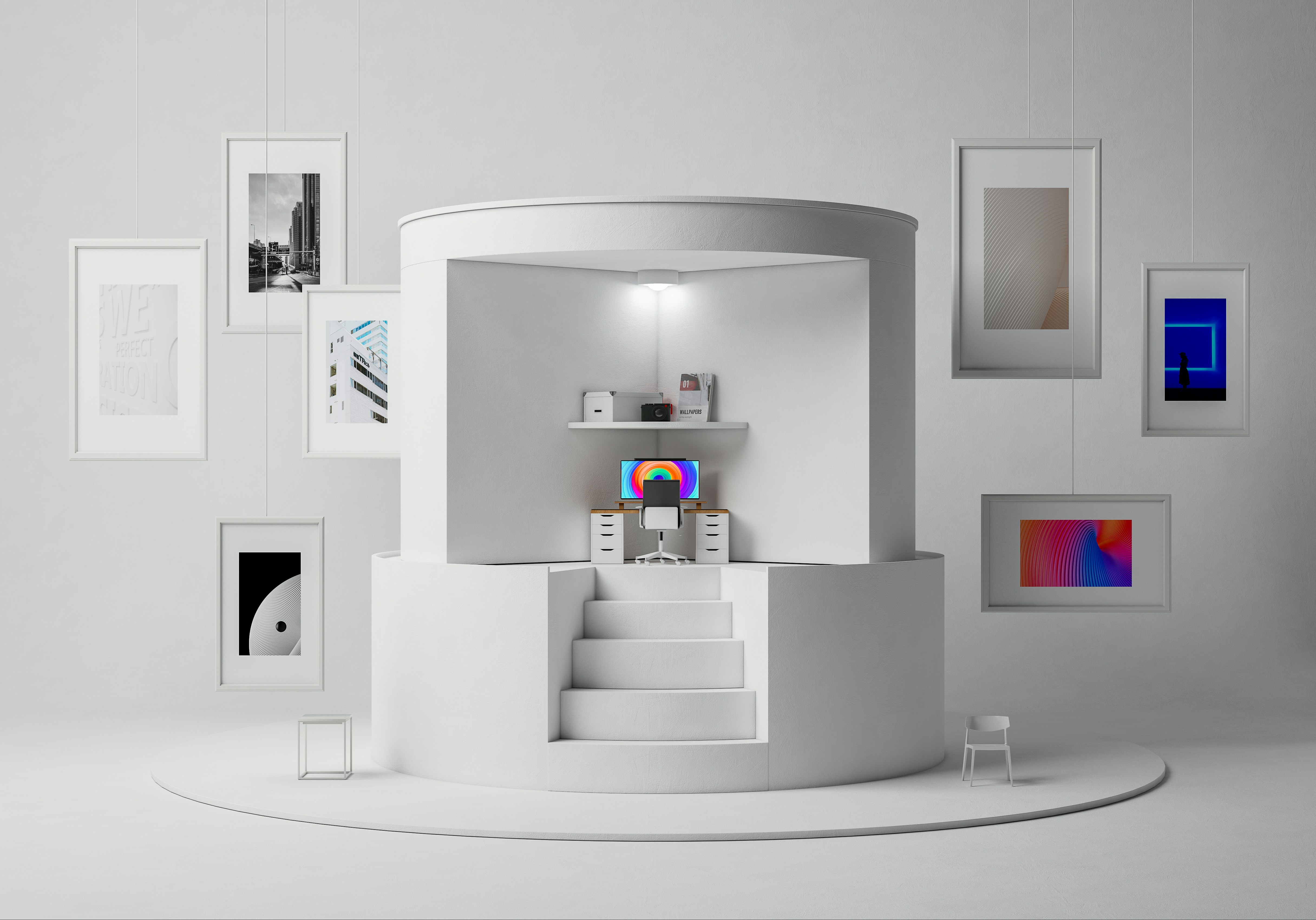Background
Project Type: Master's Thesis in Human Systems Engineering & Post-Graduate UX Challenge
Institution: Arizona State University (Thesis Research) and Freelance (AI implementation)
Industry: Human Factors, UX, Information Architecture, AI-Enhanced Search
Role: UX Designer & UX Researcher
Team (Thesis Phase): 6 collaborators
Tools Used: Figma, Qualtrics, Hotjar, Google Analytics, AI-powered Search, Statistical Analysis (R, SPSS)
Execution & Outcomes
Designed search UI prototypes in Sketch , applying AI-enhanced search models.
Tested multiple designs on live websites in A/B experiments with real users.
Applied statistical analysis (T-tests, regression analysis) to quantify improvements.
✅ Final Result:
A user-friendly, AI-driven search experience that significantly reduced search friction and improved task success rates.
📈 Search success rate increased from 51% → 98%
📉 Time spent searching reduced by 50%
📊 User frustration dropped by 40% (measured via surveys & behavior tracking)
💡 Statistical significance confirmed through empirical testing
Core problem
During my Master’s Thesis in Human Systems Engineering, my team and I researched how different design styles—both classical and non-classical—affect users' ability to complete search-based information tasks on websites. We tested how design quality, including visual hierarchy, contrast, layout structure, and cognitive load, impacts search efficiency and usability.
Our findings showed that while strong classical design supports usability, users still struggled to locate information effectively, even in well-structured layouts. Non-classical designs, while sometimes unconventional, also had success when they provided intuitive paths to content. This led me to explore AI-powered search enhancements after graduation, building upon our real research data to test a hypothesis:
💡 Could AI-enhanced search improve findability, even in designs that traditionally cause friction?
Phase 1: Master's Thesis - Understanding Design & Searchability
Key findings from our initial thesis research:
Users took 2x longer to find relevant information on poorly structured sites.
Traditional search relied on exact-match keywords, which failed to accommodate natural language queries.
Clear information hierarchy helped but was not a perfect solution, leading to search failures across all design types.
Our conclusion validated that traditionally structured websites (intuitive, sometimes perceived as 'boring') proved highly effective for users seeking information. However, even with well-structured layouts, some information remained challenging to locate quickly, particularly when search terms did not exactly match indexed content.
Phase 2: Post-Graduate UX Challenge - Implementing AI-Driven Search Enhancements
After graduating, I wanted to take the research a step further. I hypothesized that integrating AI-powered search solutions—such as semantic keyword mapping, predictive suggestions, and automated ranking algorithms—could significantly improve usability.
To test this, I:
✅ Designed and built multiple A/B test websites using varied design styles to analyze user behavior.
✅ Implemented AI-driven search features, including natural language processing (NLP) and context-aware search recommendations to bridge the gap between user intent and search results.
✅ Conducted A/B testing and collected new user data to compare AI-enhanced search vs. traditional search.
🔍 Key Insight:
Users' ability to find correct information improved by 50% with AI-powered search. Additionally, intuitive layout design increased user success and speed by 20%, with AI-driven enhancements adding another 50% speed improvement on top of that.
📊 Quantitative & Qualitative Takeaways:
Search success rate increased from 51% → 98%
Time spent searching reduced by 50%
User frustration dropped by 40% (measured via surveys & behavior tracking)
Aesthetic and engagement preferences improved only with visual design updates
Results and Impact
🚀 AI-driven search significantly improved usability, even in non-traditional designs with unconventional layouts.
🧠 Applying human factors research to UX design creates measurable, data-backed solutions.
🔄 A/B testing and empirical validation ensured that improvements were real, not just perceived.
This project demonstrates my ability to:
✅ Apply rigorous UX research methodologies to real-world usability challenges.
✅ Design AI-enhanced user experiences that improve information retrieval.
✅ Conduct statistical validation and A/B testing to measure UX impact.
✅ Approach UX design holistically, bridging research, design, and engineering.

